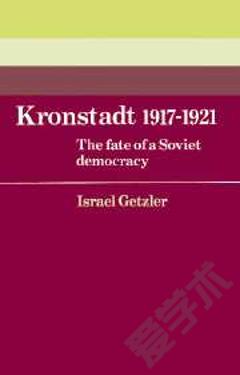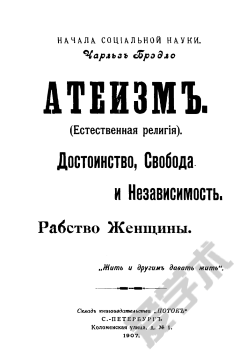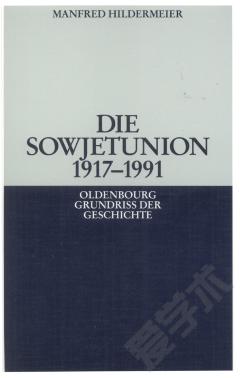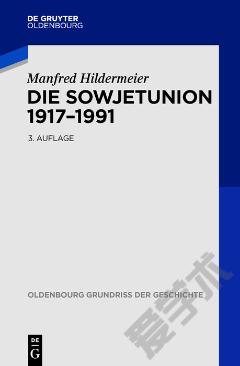Kronstadt 1917–1921: The Fate of a Soviet Democracy
This is the first major study of revolutionary Kronstadt to span the period from February 1917 to the uprising of March 1921. It focuses attention on Kronstadt's forgotten golden age, between March 1917 and July 1918, when Soviet power and democracy flourished there. Professor Getzler argues that the Kronstadters' 'Third Revolution' of March 1921 was a desperate attempt at a restoration of that Soviet democracy which they believed had been taken from them by Bolshevik 'commissarocracy'. Pointing to continuity in personnel, ideology and institutions linking the 1917–18 Kronstadt experiment in Soviet democracy with the March 1921 uprising, the author sees that continuity reflected in the Kronstadt tragedy's central figure, the long-haired, dreamy-eyed student Anatolii Lamanov. Chairman of the Kronstadt Soviet in 1917 and chief editor of its Izvestiia, Lamanov became the ideologist of the 1921 uprising and was soon after executed as a 'counter-revolutionary'.
{{comment.content}}








 京公网安备 11010802027623号
京公网安备 11010802027623号